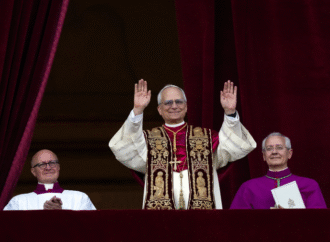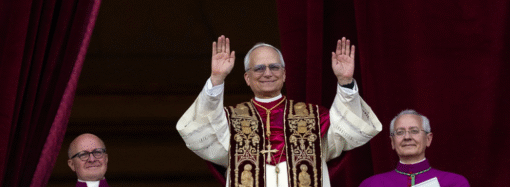After the deaths of George Michael and Carrie Fisher, a Daily Beast headline declared, “We have lost our Prince and Princess.” It is a declaration that says a lot about our culture.
The first thing to take note of about such a headline is that it indicates that these two celebrities were seen as members of some kind of royalty. In America, that is exactly what they are.
It is no accident that Prince called himself … Prince.
Of course, there are still real aristocracies all around the world. Even in ostensibly enlightened Europe. And even in the merely ceremonial European monarchies–England, Sweden, Norway, Denmark–they still serve an important societal function.
The chief function of the modern European monarchies is moral. With the loss of their political power, the members of aristocracies now operate as ethical examplars for their people. In return for popular support and the affection and admiration of their people, their subjects ask only one thing: that their royals don’t embarrass them. They now have one job and one job only: to comport themselves in a way that brings dignity to their country.
This is why every public scandal in a royal family is treated, by the royals themselves, as so potentially destructive. The aristocracy itself knows, that if they can’t do this one thing–if they fail at being a moral example, then they’re done. They know that the next scandal could be their last.
But if we go back across the pond to America, what do we see? Many people will say that that’s one of the great things about America: that we do not have an aristocracy.
But that’s nonsense. Every society has a hierarchy, and even the ones that feign not having them will end up with improvised versions of the same thing.
In China during the height of Mao’s power, there were to be no badges of rank worn by members of the Red Army. So instead, officers distinguished themselves by the quality of their boots, and their exact rank came to be determined by the number and quality of pens in their breast pockets. Rank can be suppressed, but it will always manifest itself in other ways.
Despite America’s anti-aristocratic pretensions, we have an aristocracy every bit as much as the constitutional monarchies of Europe. It is improvised and unofficial, but it is an aristocracy nonetheless. Our cultural aristocracy is our celebrity class. Whereas in England members of the monarchy are rock stars, in America, the rock stars are rock stars–and so are actors and television stars.
The opinions of politicians and policy experts are greeted with yawns. But the pronouncements of Bono or Bruce Springsteen are received as oracles.
Instead of the nobility, we have the glitterati. Their job is not to be good examples to the rest of us, but rather to show us what we could do if we had that much money and fame.
They serve the same function as a real aristocracy, but in reverse. Whereas real aristocracies (at least their public faces) are moral, ours is debased. Unethical behavior not only does not threaten their existence, it makes them all the more popular. Whereas acknowledged European aristocracies pull their cultures up, ours pull us down.
The fact that George Michael was gay, led a life (according to the accounts we are now hearing) of excess and drug abuse, was part of what made him a celebrity. Carrie Fisher’s excesses were mild by Hollywood standards, consisting of mere drug abuse. Prince was reclusive opioid addict.
We would have been better off with the real thing.
Image Credit: Scott Penner bit.ly/1jxQJMa
















Leave a Comment
Your email address will not be published. Required fields are marked with *